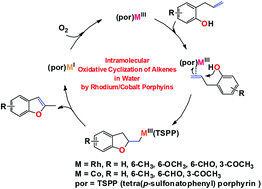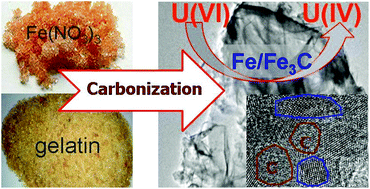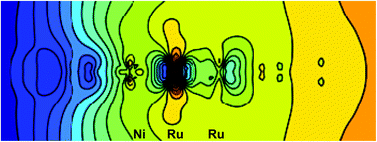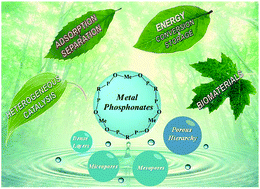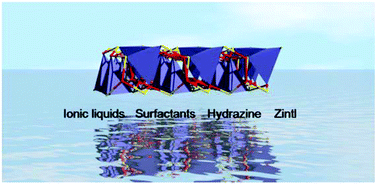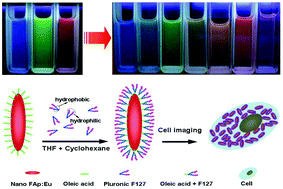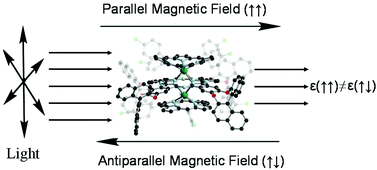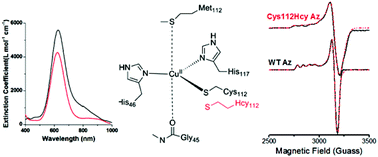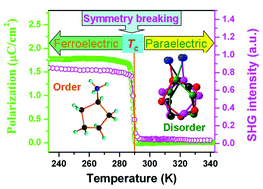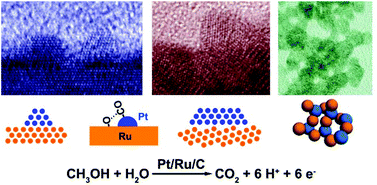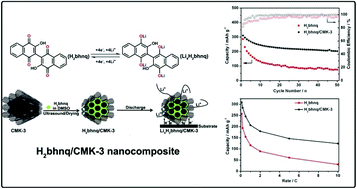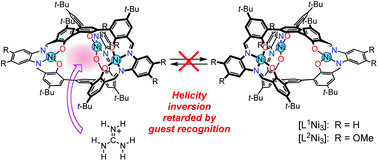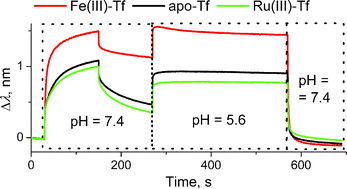Take best advantage of the free access to Inorganic Chemistry Frontiers, and read recent HOT articles!
Intramolecular oxidative cyclization of alkenes by rhodium/cobalt porphyrins in water
Lin Yun, Zikuan Wang and Xuefeng Fu
Inorg. Chem. Front., 2014,1, 544-548
DOI: 10.1039/C4QI00066H, Research Article
Fabrication of Fe/Fe3C@porous carbon sheets from biomass and their application for simultaneous reduction and adsorption of uranium(VI) from solution
Xiangxue Wang, Shouwei Zhang, Jiaxing Li, Jinzhang Xu and Xiangke Wang
Inorg. Chem. Front., 2014,1, 641-648
DOI: 10.1039/C4QI00071D, Research Article
*Submit your work to InorgChemFront and benefit from rapid publishing, free colour and free access till the end of 2015*


